Pickleball Support Guide
At-Home Recovery Techniques and Supplements to Keep You on the Court!
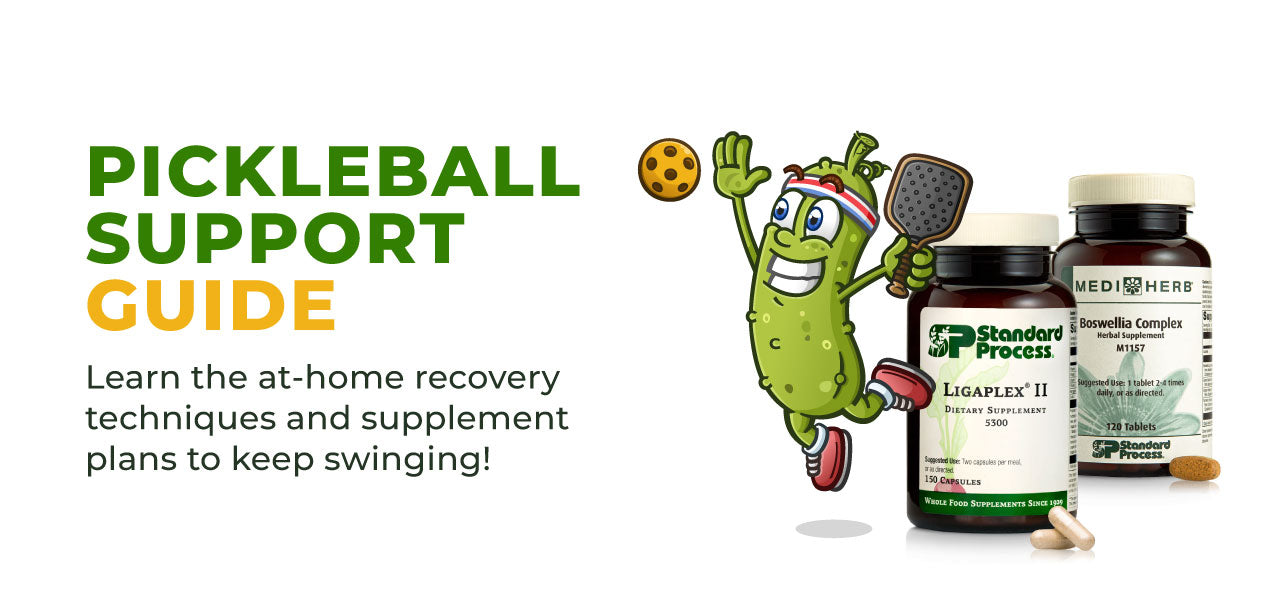

PPickleball is now the fastest-growing sport in America for the third year running. Pickleball is a cross between table tennis, badminton, and tennis, invented by vacationers on Bainbridge Island, near Seattle, in 1965.
There are an estimated 36.5 million pickleball players in the United States according to the Association of Pickleball Professionals in 2022. By the time of this article, it is most-definitely much higher. Pickleball's skyrocketing popularity comes with an increased risk of injuries that are making a significant impact on healthcare services. Every year, pickleball injuries lead to tens of thousands of emergency room visits.
Most injuries appear to afflict the senior demographic, which makes up the majority of pickleball enthusiasts. These often include arm, wrist, and tendon injuries that can be more prevalent among older players.While it’s known for being easier on the joints compared to other racquet sports, injuries can still happen. This article explores common pickleball injuries and natural strategies, including targeted Standard Process and Mediherb supplements, to help you bounce back and stay in the game.

Understanding Common Pickleball Injuries
Pickleball can lead to a variety of injuries, including:
- Rotator Cuff Tendinitis
- Pickle Elbow
- Ankle Sprains
- Wrist Fractures
- Jumper’s Knee
- Meniscal Injuries
- Achilles Tendinitis
- Plantar Fasciitis
- Hamstring Strains
- Back Strains
- Bursitis (shoulder or hip)
Each injury has its unique challenges and may affect bones, muscles, ligaments, joints, or even mental acuity. Prevention is key, and incorporating exercises that strengthen the muscles around these areas can help.
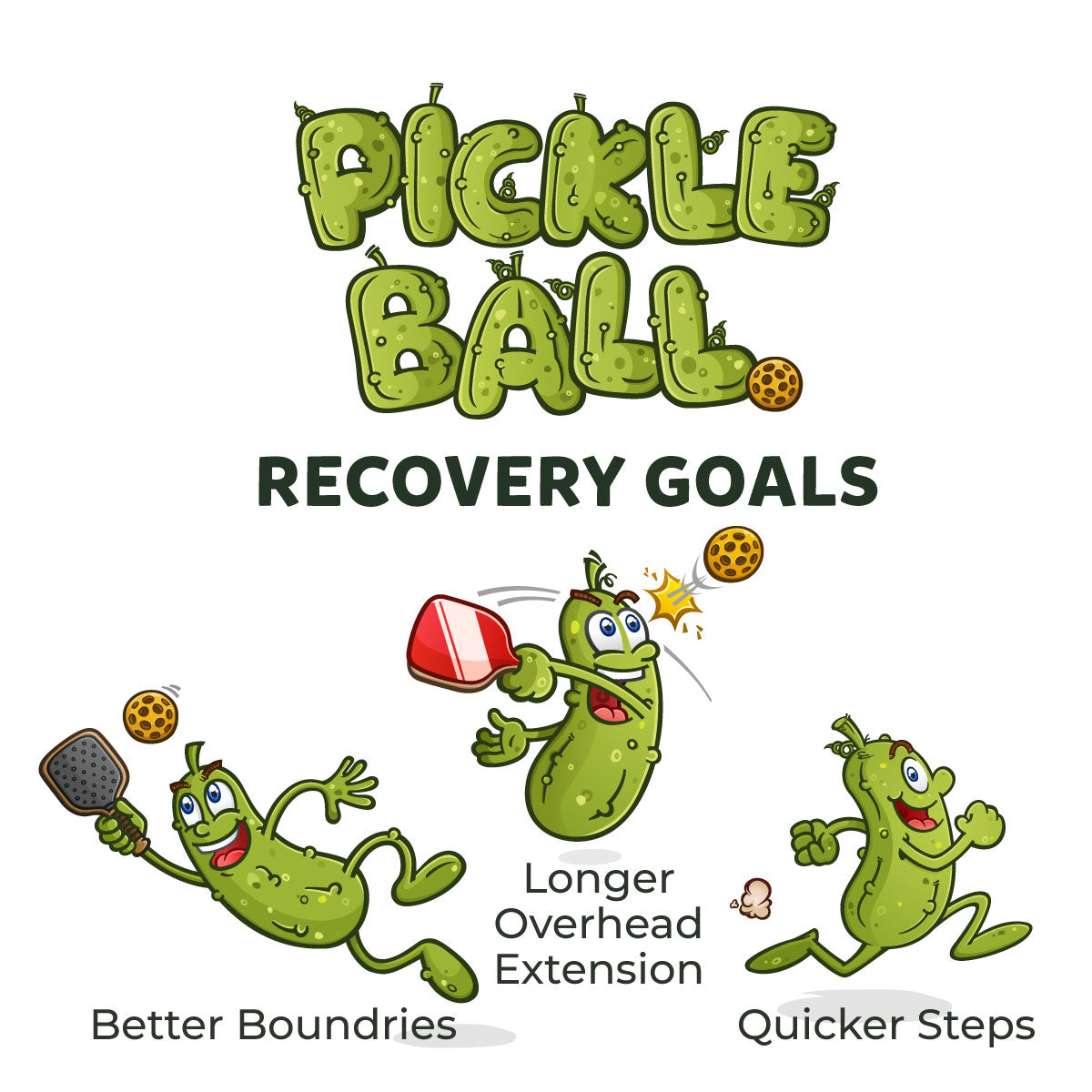
Supporting Common Pickleball Injuries
Pickleball enthusiasts know the drill: the thrill of the serve, the rush of the rally, and unfortunately, the nagging aches that can come from this dynamic yet demanding sport. Whether it’s a sharp twinge in the elbow or shoulder after a power serve or the stubborn soreness of an ankle that didn’t quite keep up with your sprint, injuries can halt your pickleball prowess in its tracks. Fear not, for we’ve not only outlined the common injuries that can plague your play but also gathered nature’s finest solutions.
Pickle Elbow Prevention
"Pickle elbow" likely refers to an elbow condition similar to "tennis elbow" or "golfer's elbow," experienced by pickleball players. It involves pain and inflammation in the elbow joint due to repetitive use, particularly the overuse of muscles and tendons in the forearm, leading to strain and micro-tears at the point where they attach to the elbow bone. This condition can result from the frequent swinging and wrist snapping motions involved in playing pickleball.
For preventing or managing pickle elbow, exercises that focus on strengthening and stretching the forearm muscles are beneficial. These can include wrist curls and extensions, forearm pronation and supination, and elbow flexion and extension exercises. Additionally, exercises that enhance grip strength, like squeezing a tennis ball, can be helpful. Stretching the muscles of the forearm and wrist regularly is also important to maintain flexibility and reduce tension in the area.
Back and Hamstring Muscle Strain
Pickleball can impact the back and hamstrings primarily due to the nature of the game, which involves quick starts and stops, bending, reaching, and occasional lunging movements. These actions can strain the muscles and ligaments in the lower back and hamstrings if one's body is not properly conditioned or if one engages in excessive play without adequate rest and recovery.
The repetitive twisting, turning, and bending motions in pickleball can put stress on the lower back. Players often have to quickly change directions and bend to hit low balls, which can lead to muscle or ligament strain in the back if they don't use proper form or lack core strength.
The hamstrings, located at the back of the thigh, are heavily involved in pickleball when sprinting, stopping quickly, and reaching forward to hit the ball. Sudden movements or overstretching can lead to hamstring strains, especially if the muscles are tight or fatigued.
To mitigate these risks, it's essential to engage in proper warm-up exercises that target the back and hamstrings, maintain good core strength and flexibility, use appropriate technique while playing, and ensure that one has the right footwear to support quick lateral movements.
Fortifying Knees Against the Unhappy Triad
The unhappy triad, also known as the terrible triad or O'Donoghue's triad, is a severe knee injury. It typically involves damage to three key components of the knee: the anterior cruciate ligament (ACL), medial collateral ligament (MCL), and medial meniscus. These injuries often occur simultaneously due to a forceful blow to the knee, which can happen during activities like sports. Treatment usually requires surgery, especially if there's significant tearing of the ligaments, and a comprehensive knee rehabilitation program is crucial for recovery.
Strengthening the muscles around your knee, especially the quadriceps and hamstrings, forms the first line of defense. Targeted exercises enhance stability and absorb shocks that might otherwise harm vulnerable ligaments.
The role of appropriate footwear cannot be overstated. Athletic shoes that provide good lateral support can help manage the stresses on the knee during sudden twists and turns, reducing the likelihood of ligamentous injury. We have more detail on what to look for below.
In the wake of an injury, chiropractors can play a key role in rehabilitation. With expertise in musculoskeletal alignment, they may assist in improving joint mechanics and facilitating a smoother recovery process.

Supplementing for Joint and Tissue Support
Reach and Overhead Extension with Ligaplex
Aim high and strike with precision! Ligaplex provides the scaffolding for strong shoulders and elbows, essential for those game-winning overhead slams.
When it comes to joint and ligament support, Standard Process' Ligaplex I and II come into play. Ligaplex I is beneficial for acute issues such as sprains and torn ligaments and includes components such as Manganese B12™, Cataplex E, and Ostrophin PMG to support tissue repair and address nutritional deficiencies. Ligaplex II is aimed at chronic joint and muscle conditions and contains Cyrofood, Cardiotrophin PMG, Ostrophin PMG, among other ingredients.
Ligaplex I from Standard Process is designed to support the body's normal synthesis processes of connective tissue cartilage, which is crucial for joint health. This supplement is beneficial for conditions like pickle elbow as it supports healthy joints, bone growth, and the synthesis of cartilage.
Moreover, Ligaplex I is considered a fundamental supplement that provides essential nutrients to support muscle function and tissue health. It helps in the healthy production and repair of collagen, which is essential for the strength and flexibility of joints and ligaments. The Vitamin C and Manganese in Ligaplex I facilitate collagen formation and tissue growth, with Manganese also supporting the amino acid proline, necessary for the production of collagen and cartilage.
Extending Boundaries with Betacol and Gota Kola
Pickleball players, listen up! If you're dealing with stiff, achy joints from all that moving around the court, Betacol could be your new secret weapon.
Betacol is a natural supplement that's designed to detoxify your liver and flush out built-up toxins and junk that can cause inflammation and calcification in your joints. For many players, this can translate to reduced stiffness and better mobility on the court. The key is Betacol's "anti-stiffness factor" that comes from raw ingredients like sugar cane juice, cream, and soybeans. This unique compound helps make your joints and muscles feel more flexible and loose.
Many pickleball players with osteoarthritis swear by taking Betacol daily to manage their joint stiffness and swelling, especially before hitting the courts. Some need up to 6 capsules a day when stiffness flares up acutely.
Just keep in mind, when starting Betacol, you may need to begin with just a half capsule daily for the first few days. That's because this stuff works quickly to clear toxins out of your liver, which can cause some detox reaction if you take too much too soon. After those first few days of acclimatizing, you can increase your dosage to find the right amount to get you moving smoothly and playing your best pickleball.
Mastering the Smash with Gotu Kola
Unleash the power of your smash with Gotu Kola Complex. It’s traditionally used for shortening the healing time of damaged tissues, making it beneficial post-injury. Gotu Kola (Centella asiatica) has been studied for its potential benefits in various health-related areas, including muscle repair and skin health. It’s also traditionally used to enhance memory and cognitive function. The therapeutic properties of Gotu Kola and its triterpenes, such as asiaticoside and madecassoside, have been examined for their effects on neurological, ligament, muscle and skin issues.
However, we note that high-quality human studies are still lacking to confirm many of the traditional uses. More research is still needed on optimal dosages and efficacy.
Stay Sharp on the Court: Bacopa and Ginkgo
To keep a sharp mind on the court that is focused, Bacopa Complex and Ginkgo Forte from MediHerb offer two main cognitive benefits. Bacopa Complex is particularly good for memory retention, making it suitable for long-term memory support, while Ginkgo Forte is known to aid short-term memory.
MediHerb's Bacopa Complex and Ginkgo Forte are herbal supplements formulated to support cognitive function and mental clarity. Bacopa Complex combines Bacopa, Schisandra, Eleuthero, and Rosemary, known for their neuroprotective properties and support of memory, learning, and concentration.
Ginkgo Forte contains Ginkgo biloba, which is traditionally used to improve blood circulation, particularly to the brain, enhancing cognitive function, memory, and attention span. Both supplements aim to support brain health and cognitive performance.
MediHerb, known for its rigorous scientific approach, invests in clinical trials to validate the efficacy of its herbal formulations, such as the Bacopa Complex. They emphasize the bioavailability and pharmacological activity of their herbal extracts, ensuring that they are effective and have a significant impact on health outcomes.
MediHerb's Bacopa Complex and Ginkgo Forte could potentially help a pickleball player by supporting cognitive functions crucial for quick decision-making, strategy, and focus during games. Improved mental clarity, reaction time, and concentration can enhance performance in a fast-paced sport like pickleball.
Addressing Inflammation with Turmeric Forte and Boswellia Complex
Exercise-induced pain and inflammation can be tackled with Turmeric Forte, which includes fenugreek seed powder to enhance the bioavailability of curcumin, providing a more lasting effect.
In a detailed study with 24 professional male soccer players, the impact of turmeric supplementation on post-match recovery was assessed. Participants, divided into a turmeric group and a control group, underwent evaluations of soreness, inflammation markers, and performance metrics post-competition. Turmeric intake was linked to reduced leg and whole-body soreness and lower levels of the inflammation marker C-reactive protein. This study underscores turmeric's potential in alleviating post-match inflammation and soreness in professional athletes.
MediHerb's Boswellia Complex is designed to support healthy joint function and contains a blend of herbs known for their beneficial properties. The primary ingredients in Boswellia Complex are:
- Boswellia (Boswellia serrata) gum oleoresin extract - Known for its triterpene acids, particularly boswellic acids, which are believed to contribute to the herb's anti-inflammatory properties.
- Celery Seed (Apium graveolens) fruit extract - Used for its potential anti-inflammatory and antioxidant effects, and to support healthy circulation and kidney function.
- Ginger (Zingiber officinale) rhizome extract - Included for its anti-inflammatory and antioxidant effects, and to help reduce muscle spasms and joint pain.
- Turmeric (Curcuma longa) rhizome extract - Contains curcuminoids, compounds that have been studied for their anti-inflammatory and antioxidant properties.
These components work synergistically to maintain and support healthy joints, provide antioxidant activity, and support the normal function of the kidneys. The Boswellia component in the complex is standardized to contain 180 mg of boswellic acids per tablet, and the Turmeric component contains 70.4 mg of curcuminoids per tablet, ensuring a consistent and effective dose of these active compounds in each tablet .
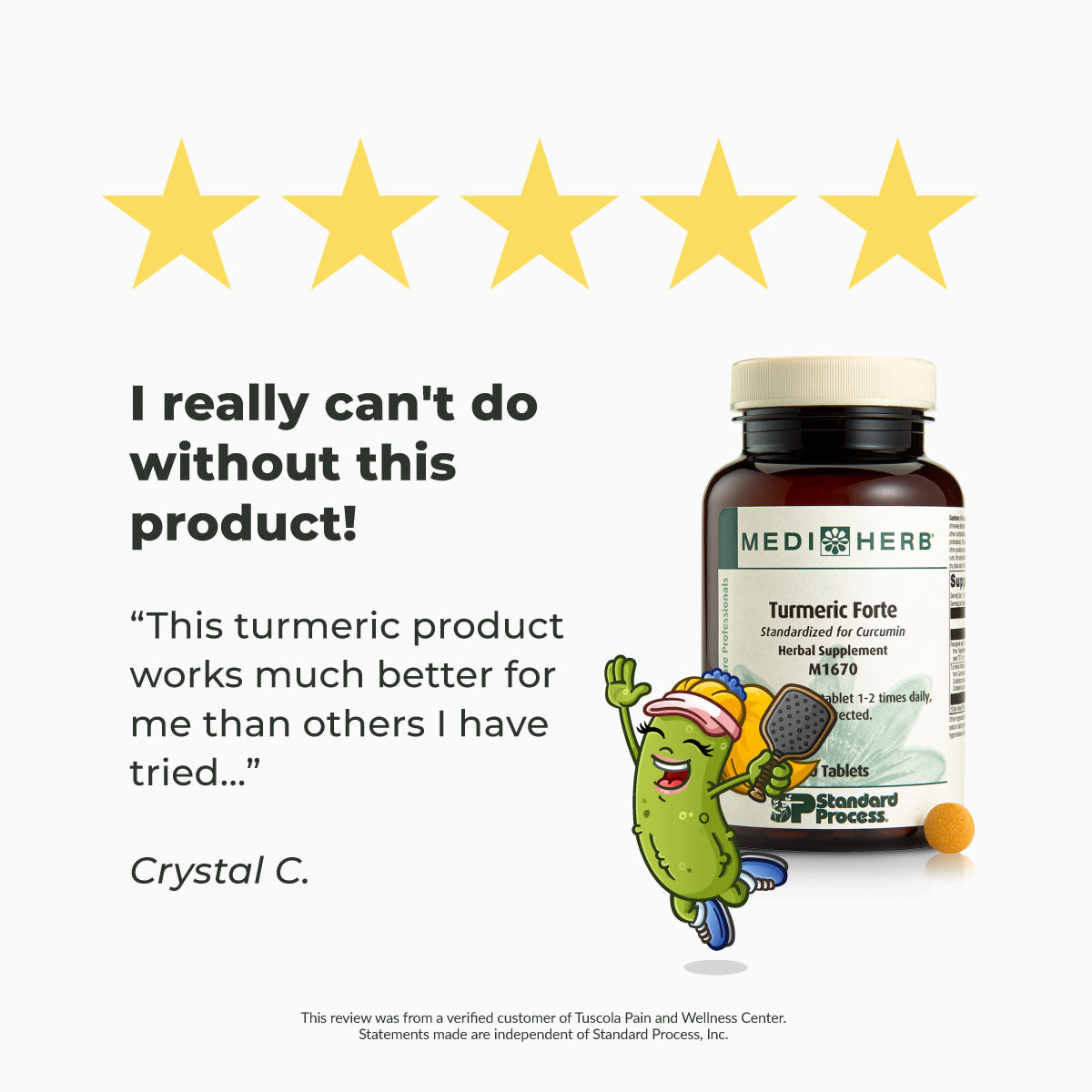
The Anti-Inflammatory Diet Approach
An anti-inflammatory diet emphasizes nutrient-dense plant foods like leafy greens, cruciferous and colorful vegetables, berries, cherries, avocados, olive oil, nuts, seeds, and fatty fish. These foods are rich in antioxidants, healthy fats, and compounds that help combat inflammation. Vegetables like tomatoes, onions, and garlic, as well as spices such as turmeric and ginger, also have anti-inflammatory properties. Bone broth, made by simmering animal bones and connective tissue, provides amino acids, collagen, and minerals that can reduce inflammation.
In addition to incorporating these anti-inflammatory foods, the diet recommends limiting or avoiding processed items, fried foods, added sugars, refined carbs, and red meat. Whole grains like quinoa and brown rice, legumes like lentils and chickpeas, and beverages like green tea can also be included as part of an anti-inflammatory eating pattern.
Benefits of Icing Sore Joints and Muscles
Icing muscles and joints helps reduce blood flow to the affected area, which can significantly reduce inflammation and swelling, especially after an injury. It also helps with inflammation by numbing the sore area, acting as a local anesthetic. This can help reduce the sensation of pain in sore joints and muscles. Applying ice to injuries or sore spots can help limit the swelling that results from the accumulation of fluids (edema). This is particularly beneficial in the first 24-48 hours after an injury.
Icing after a pickleball game can help reduce the frequency and severity of muscle spasms. It also helps prevent secondary injuries. Lowering the temperature of a particular body part slows down its metabolic rate, which can help reduce the tissue's oxygen requirements. This slowdown can be beneficial immediately following an injury, as it helps limit secondary tissue damage.
- Apply ice for 15-20 minutes at a time. More than this can lead to frostbite or damage to the skin and underlying tissues.
- You can ice an injured or sore area every hour for the first few hours after an injury, then reduce frequency to 3-4 times a day.
- Always wrap ice packs in a thin towel or cloth to protect the skin from direct contact with extreme cold.
- Keep an eye on the skin and the area being iced. If the skin turns bright red or white, stop icing immediately.
Is Icing Right For Me?
While icing is beneficial for acute injuries and can help with soreness and inflammation, it's not always suitable for every situation. For chronic conditions, consult with a healthcare professional for the best approach, as alternating heat and cold therapy might be recommended. Additionally, individuals with certain conditions, such as Raynaud's phenomenon, peripheral vascular disease, or diabetic neuropathy, should consult a doctor before using cold therapy.
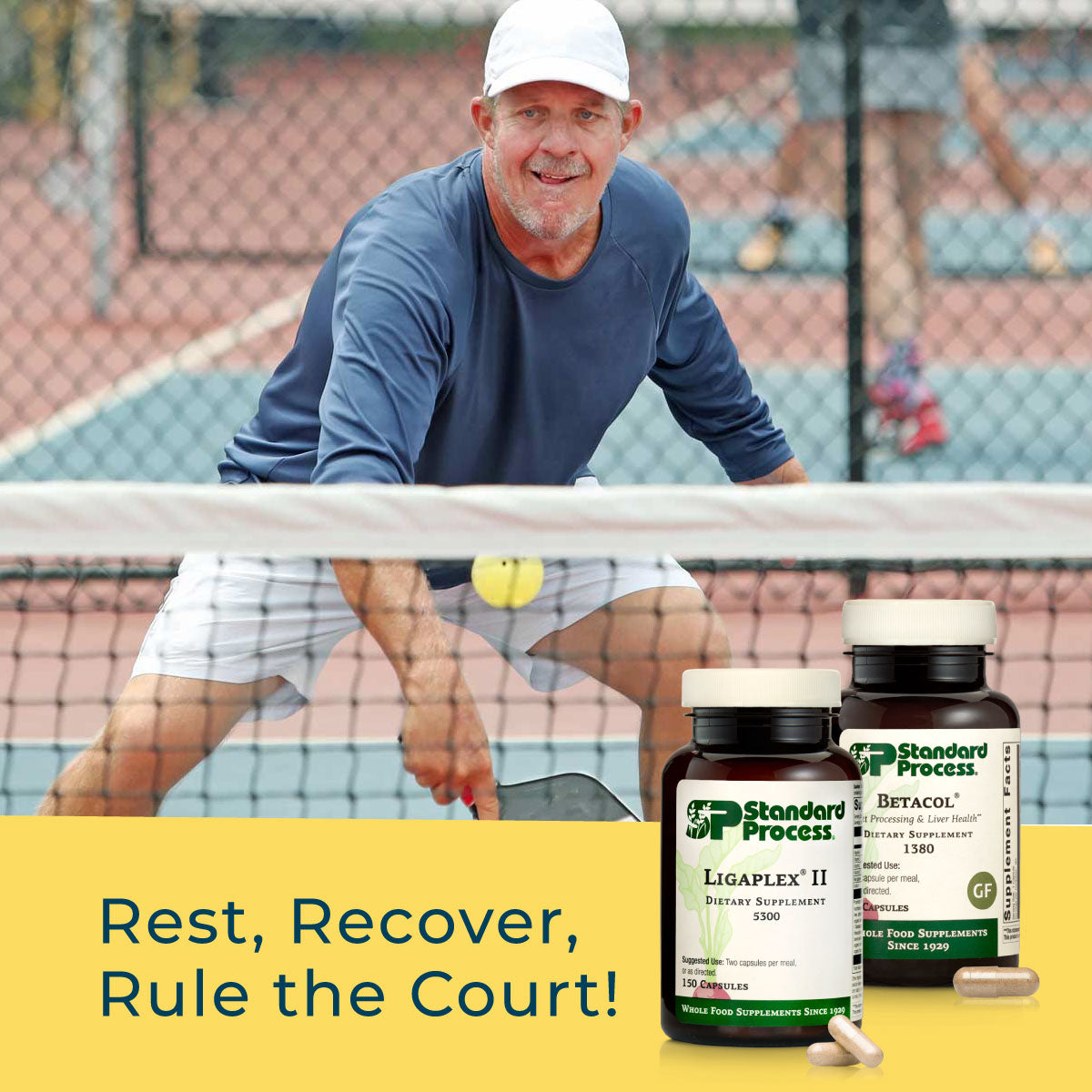
Top Picks for Injury-Preventing Pickleball Gear
For pickleball, choosing the right footwear, braces, and bands can significantly impact your performance and reduce the risk of injury.
Here's what to look for starting with footwear for pickleball:
- Look for shoes specifically designed for court sports (tennis, volleyball, or badminton shoes can be a good fit). These shoes typically provide the necessary lateral support needed for the side-to-side movements common in pickleball.
- The sole should offer good grip to prevent slipping on the court surface, reducing the risk of falls and ankle sprains.
- Adequate cushioning in the midsole helps absorb impact, reducing stress on the knees, ankles, and back during play.
- Shoes should offer stability to prevent excessive movement of the foot inside the shoe, reducing the risk of ankle rolling and other foot injuries.
Braces and Bands for Pickleball:
- If you have a history of ankle injuries or feel you need extra support, consider wearing an ankle brace. A brace that offers both compression and stabilization is ideal, but make sure it fits comfortably within your shoe and does not restrict your range of motion excessively.
- For those with knee issues or previous injuries, a knee brace or support can provide additional stability and compression. Patellar straps can be particularly helpful for players with jumper’s knee (patellar tendinitis).
- Wristbands or wraps can provide support for players who have a history of wrist injuries or who experience wrist pain during play. They can also help absorb sweat, which can keep your grip on the paddle more secure.

Preventive Strategies and Next Steps
Pickleball has rapidly grown in popularity, leading to an increase in sports-related injuries like rotator cuff tendinitis, ankle sprains, knee issues, and more. While proper form and conditioning are important for prevention, natural supplements can aid in recovery when injuries do occur.
Standard Process and Mediherb offer targeted nutrients and herbs to keep you at the top of your game.:
- Ligaplex I & II provide nutrients for joint/ligament support and chronic conditions
- Betacol helps detoxify for improved mobility
- Gotu Kola Complex supports wound healing and connective tissue repair
- Turmeric Forte reduces exercise-induced inflammation and soreness
MediHerb's cognitive supplements like Bacopa Complex and Ginkgo Forte can improve focus, memory, and reaction time on the court.
Other recovery tips include icing for reducing swelling/inflammation and choosing proper footwear with lateral support and stability.To ensure you're getting the right nutritional support for your active pickleball lifestyle, complete a Nutritional Assessment today. This personalized evaluation will identify any nutritional gaps and recommend the optimal Standard Process supplements to keep you playing at your peak while supporting injury recovery.
Stay safe and keep swinging, pickleball pals!
Disclaimer: This blog post is intended for educational and inspirational purposes only, focusing on pickleball-related health and wellness. It should not be considered a substitute for professional medical advice. For personalized health guidance, please consult with healthcare professionals who can offer expert advice tailored to your specific health needs. This will ensure that any health decisions you make are informed and appropriate for your individual circumstances. Professional consultation is especially crucial for managing your health effectively.
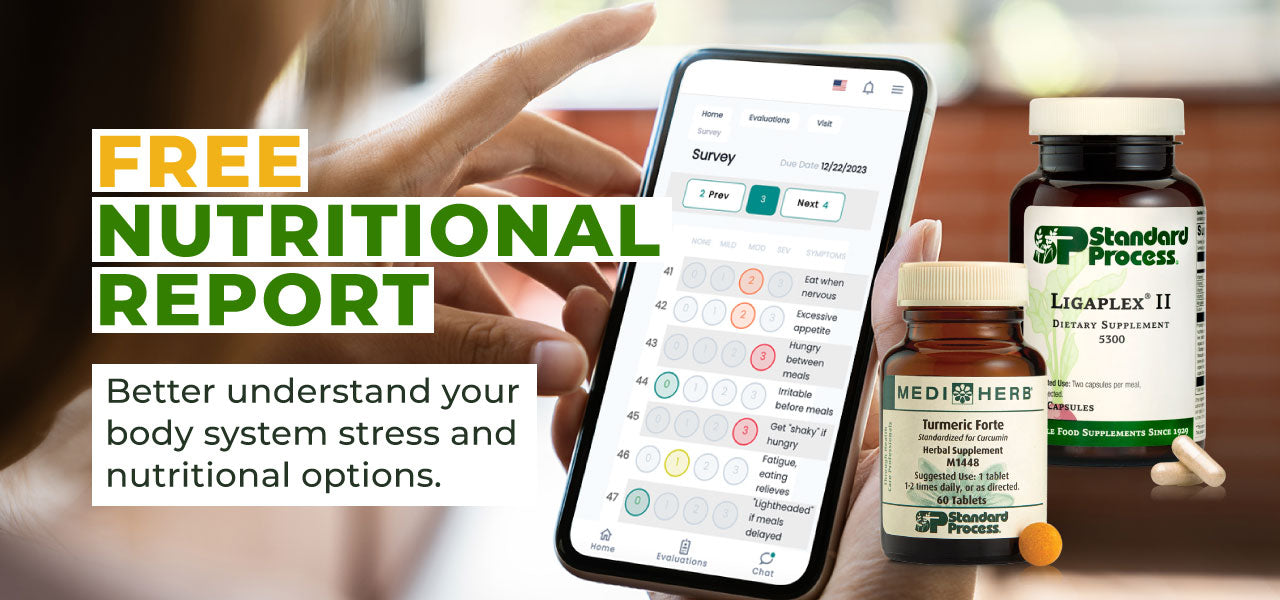
Helpful Links and References
Rossen, J. (2023, July 6). Pickle Pain: Rising Pickleball Injuries Could Result in 67,000 ER Visits This Year. Mental Floss. https://www.mentalfloss.com/posts/pickleball-injuries-rising
UC San Diego Health. (n.d.). As Pickleball’s Popularity Surges, Injuries Are Also on the Rise. Today at UC San Diego. https://today.ucsd.edu
Frontiers. (2020). Therapeutic Potential of Centella asiatica and Its Triterpenes: A Review. Frontiers in Pharmacology, 11. Retrieved from https://www.frontiersin.org/articles/10.3389/fphar.2020.568032/full
ChatGPT, OpenAI. (2024). Discussion on Natural Healthcare and Supplement Use for Athletes.
Claude, Anthropic. (2024). Discussion on Betacol, Joint Stiffness and Footwear Tone.
Clayton DJ, Burbeary R, Hennis PJ, James RM, Saward C, Colledge A, Scott R, Gilpin S, McMahon R, Varley I. Turmeric supplementation improves markers of recovery in elite male footballers: a pilot study. Front Nutr. 2023 May 24;10:1175622. doi: 10.3389/fnut.2023.1175622. PMID: 37293669; PMCID: PMC10244580.
Frontiers. (2021). Pharmacological attributes of Bacopa monnieri extract: Current updates and clinical manifestation. Frontiers in Pharmacology. Front. Nutr., 18 August 2022 Sec. Food Chemistry Volume 9 - 2022 | https://doi.org/10.3389/fnut.2022.972379
MediHerb. (n.d.). Clinical Trials - MediHerb. Retrieved from https://www.mediherb.co.uk/clinical-trials/
